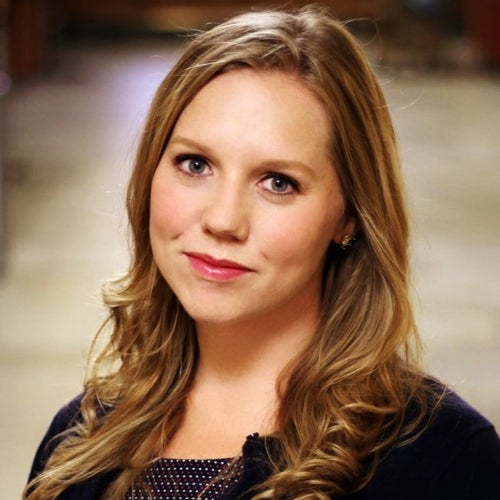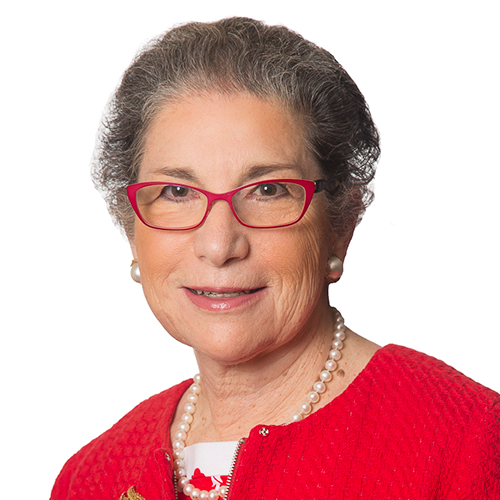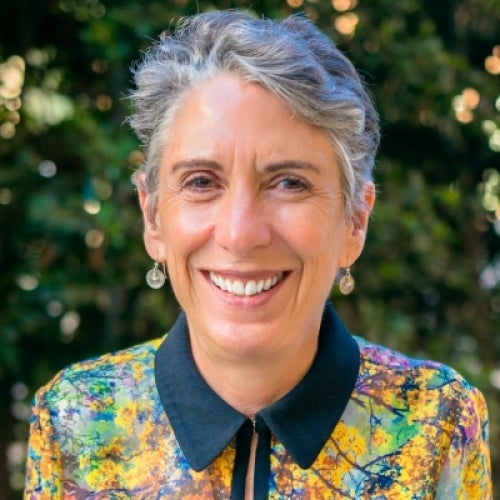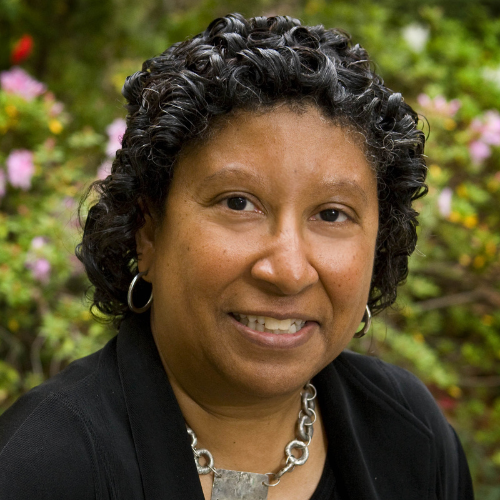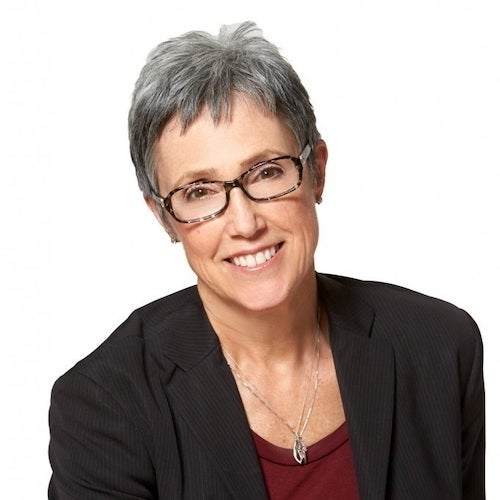Older adults and adults with disabilities: In need of care but financially strapped
Research by the UCLA Center for Health Policy Research has found that more than half need extra assistance, but 4 in 10 aren’t getting it.
Among adults with disabilities and older adults in California who need assistance caring for themselves and completing routine daily tasks, 40% receive no help at all or get only limited help, according to research by the UCLA Center for Health Policy Research, led by Dr. Ninez Ponce.
Their struggles are exacerbated by financial concerns, the research shows, with more than 60% of older adults and those with disabilities saying they’re concerned about being able to cover their bills and other expenses.
“Older adults and adults with disabilities are often stretched thin financially,” said Dr. Kathryn Kietzman, director of the center’s Health Equity Program and co-author of the research. “They’ve cut back on spending and even borrowed money but are still struggling to afford housing and food. For many, paying for any amount of caregiving help is out of reach.”
In two new studies, Kietzman and Lei Chen, a graduate student researcher at the center, analyzed the need for long-term services and support among adults age 65 and older and adults with disabilities and assessed the financial constraints that limit options for such supportive care. The studies used data from the 2019–20 California Long-Term Services and Supports Survey, a follow-on to the center’s California Health Interview Survey.
Unmet needs for routine care or personal care
The first study focused on unmet needs for both routine care, like daily chores and errands, and personal care, such as bathing, dressing and eating. The authors found that 54.6% of those surveyed needed help with routine care, and 20.9% needed help with personal care. Among those in need of assistance, 40% reported receiving no help or needing more help than they were receiving.
The need for help was found to be significantly higher among certain racial and ethnic groups, with 73.5% of Black respondents and 72.4% of those who identified as biracial or multiracial reporting requiring assistance with routine care — the highest among all the populations studied.
The researchers also found that adverse outcomes could be magnified when people’s needs were unmet. For example, while 45.8% of all older adults and adults with disabilities said they had difficulty leaving their home because they lacked someone to help them venture outside, that percentage jumped to 67.7% among respondents who reported that their needs for routine and personal care were unmet.
The type of respondents’ disabilities also played a role. Among those who reported experiencing cognitive issues — such as having trouble concentrating, remembering or making decisions — 35.9% said they made mistakes when taking their medications, compared with 27.4% of all respondents.
Struggling with finances over a longer life span
The second study looked at the financial difficulties older adults and adults with disabilities faced over the previous 12 months. Financial concerns weighed heavily on these groups: 61.4% reported that they were very worried or somewhat worried that their total family income wasn’t enough to cover their bills and living expenses.
The authors found that approximately 40% of respondents had cut down on the amount they spent on food or had cut back on saving for retirement over the previous year. A similar proportion, 38.4%, said their income had declined, and 31.8% reported receiving monetary support or borrowing money because they were struggling to get by.
In addition, 20% were in debt from medical bills, 18.8% had cut down on their prescriptions or medical care, and 17.6% had been unable to afford rent or make a mortgage payment.
Those identifying as biracial or multiracial and Black respondents were the most likely to have cut back on the amount they spent on food (57.1% and 56.7%, respectively), the authors found, while Latino and Asian respondents were the most likely to report not being able to make their rent or mortgage payments (25.8% and 21.1%). Black and Latino respondents were the most likely to have borrowed money to cover expenses (44.5% and 43%).
Tailoring policies that support at-home, long-term routine and personal care services for those who need them the most would not only lower costs to the state by keeping people out of expensive nursing homes but could improve quality of life among these Californians, the authors emphasized.
“Policymakers need to recognize who has the greatest unmet need and the fewest resources for care and ensure that long-term services are accessible and affordable to them,” Chen said. “If we plan ahead, older adults and adults with disabilities who need help can have the extra support they need to live their golden years at home.”
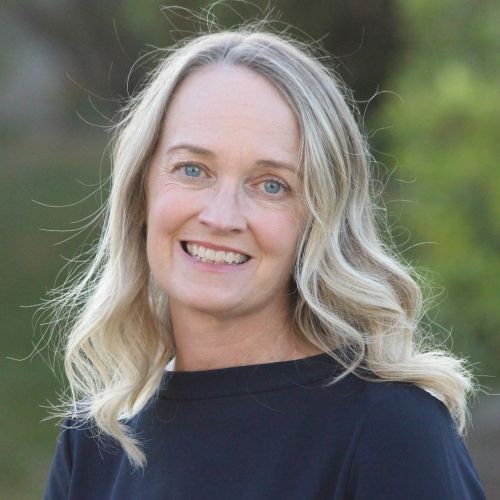
EMPH Academic Program Director with expertise in healthcare marketing, finance, and reproductive health policy, teaching in the EMPH, MPH, MHA program
Nationally recognized health services researcher and sociomedical scientist with 25+ years' experience in effectiveness and implementation research.

Professor of Community Health Sciences & Health Policy and Management, and Associate Dean for Research

Dr. Michelle S. Keller is a health services researcher whose research focuses on the use and prescribing of high-risk medications.

Dr. Ron Andersen is the Wasserman Professor Emeritus in the UCLA Departments of Health Policy and Management.










